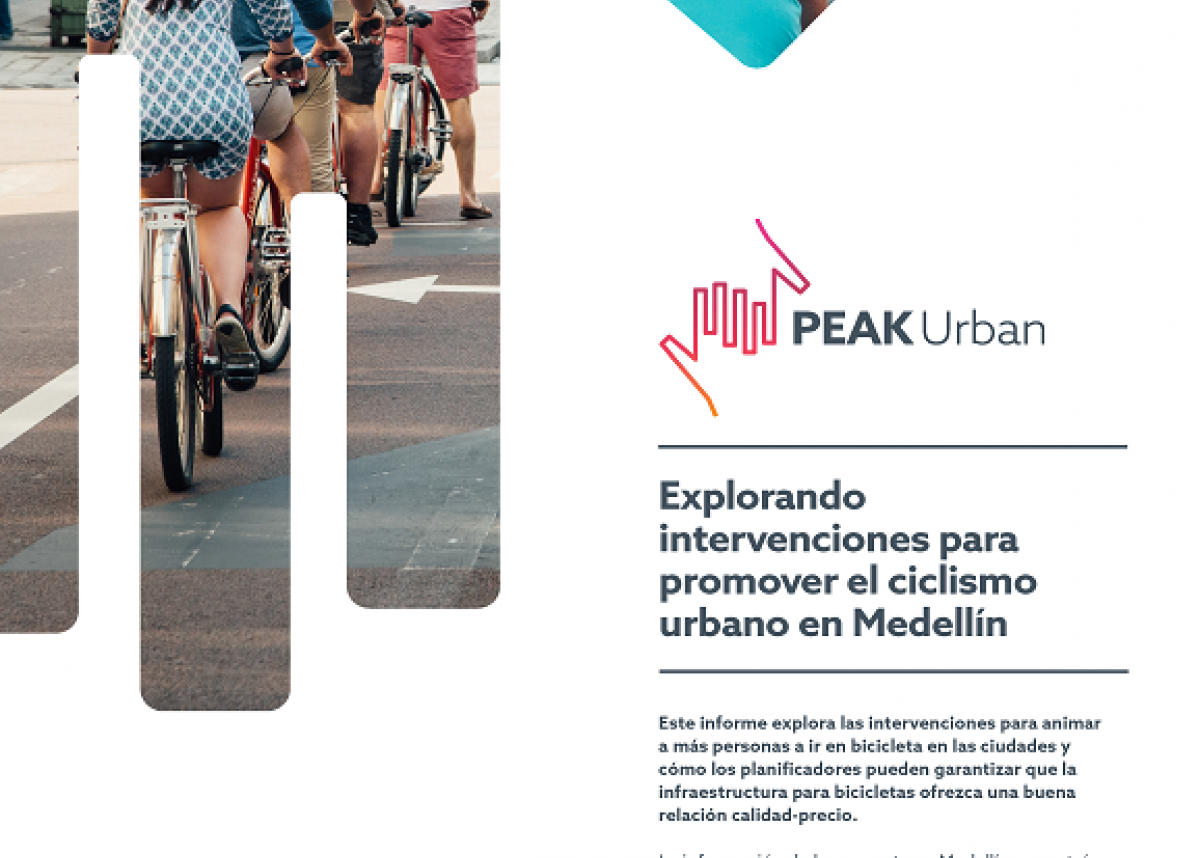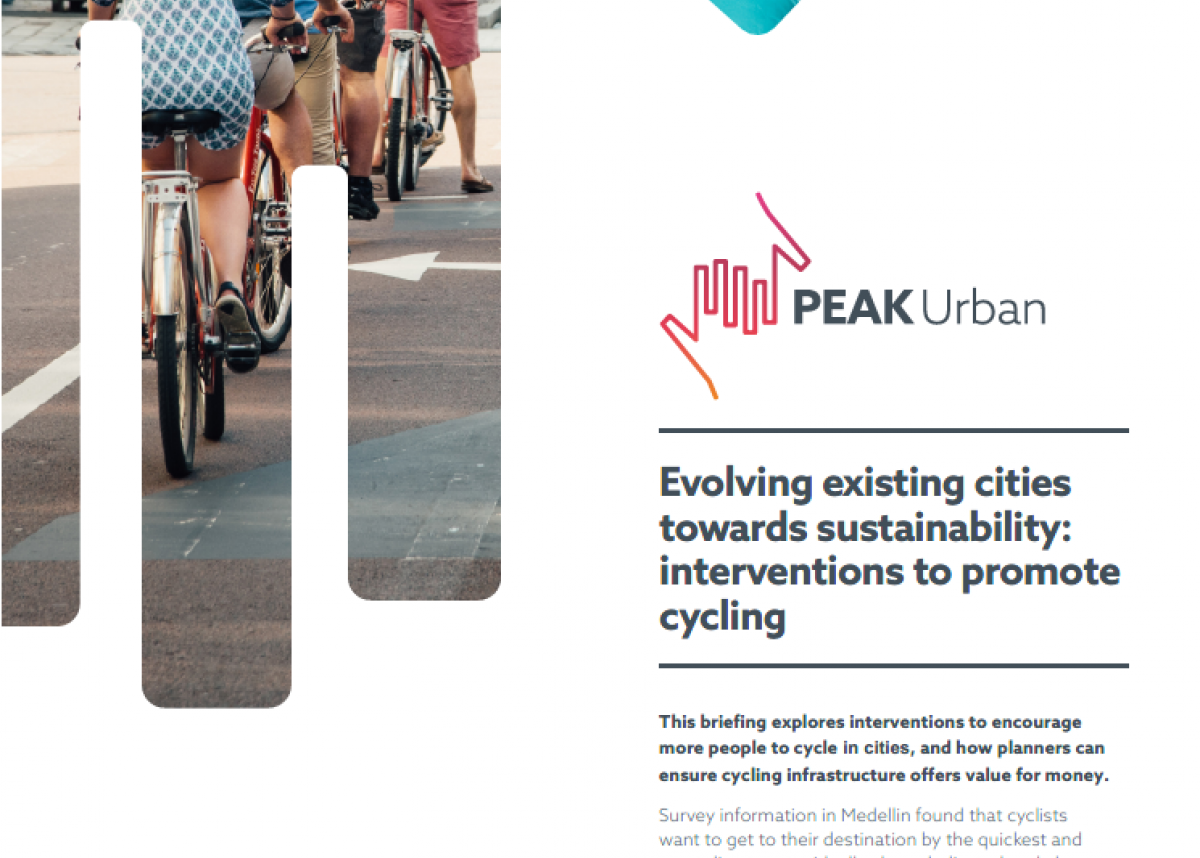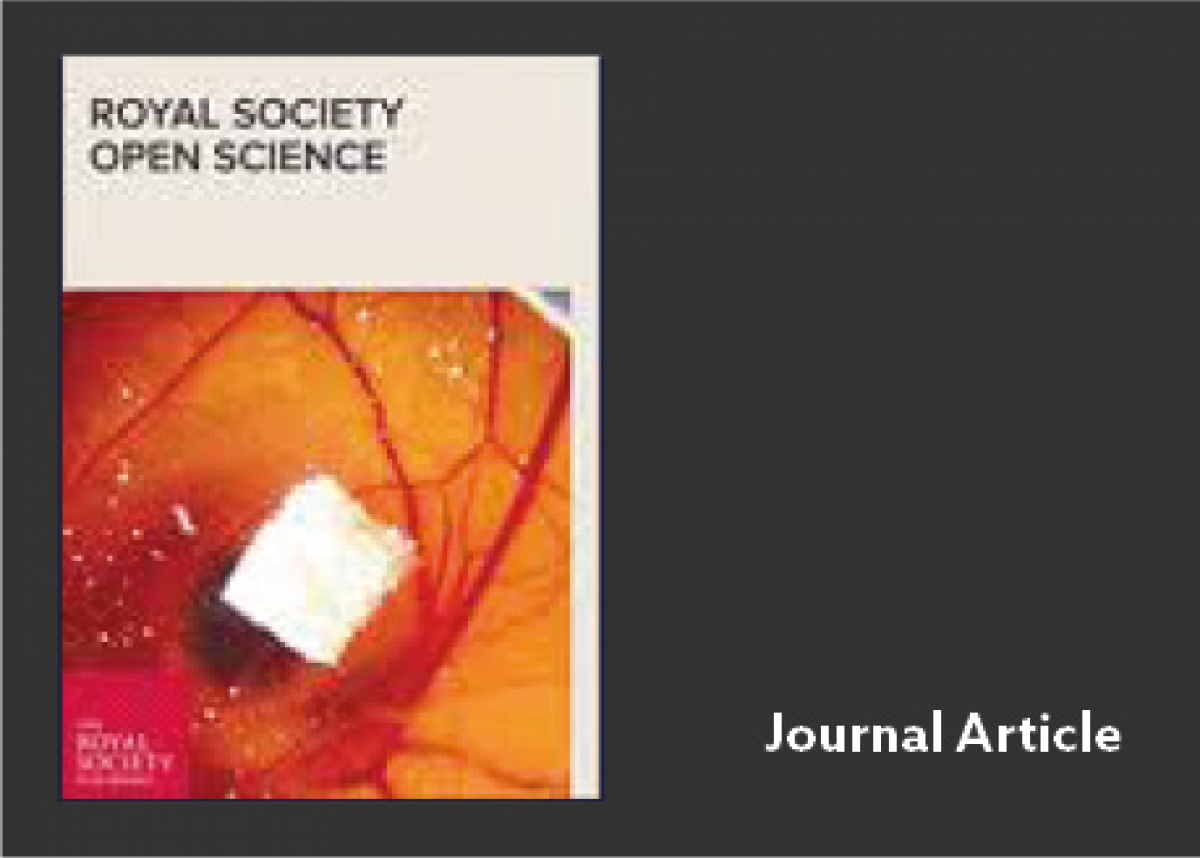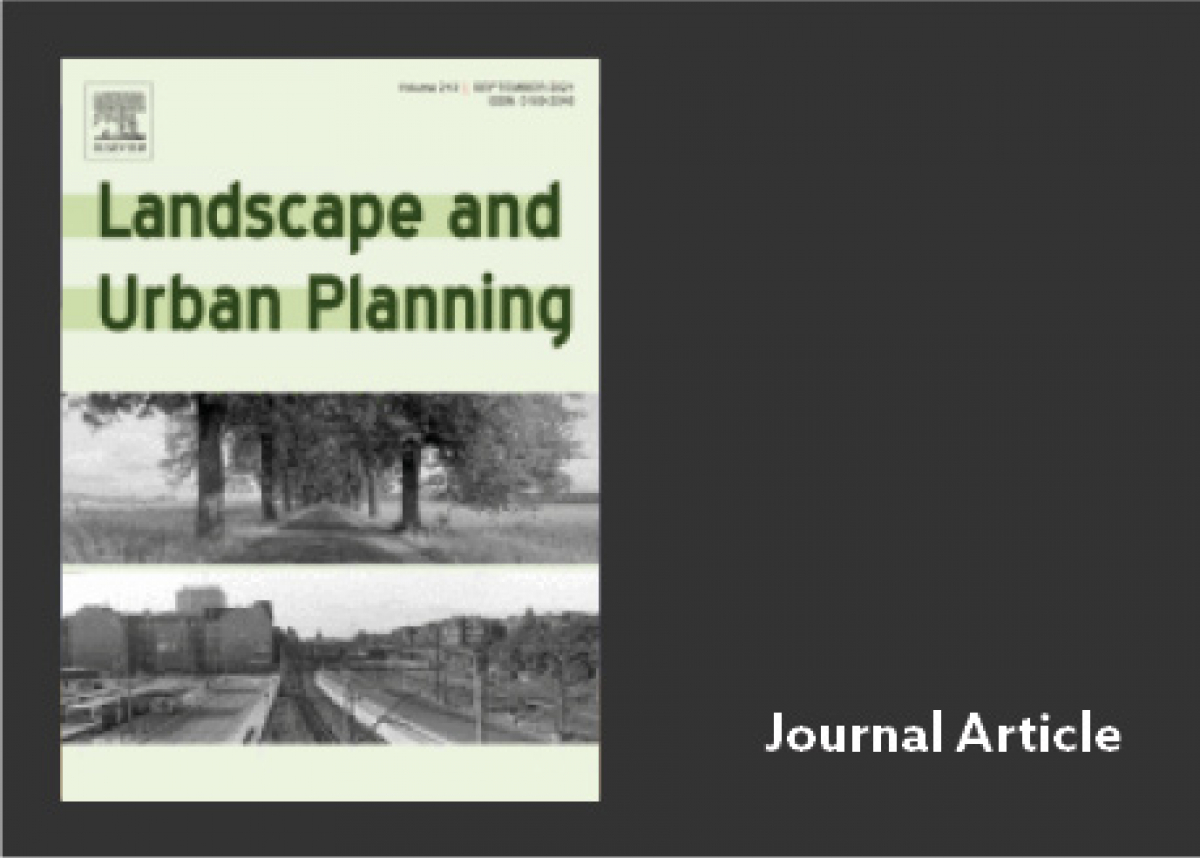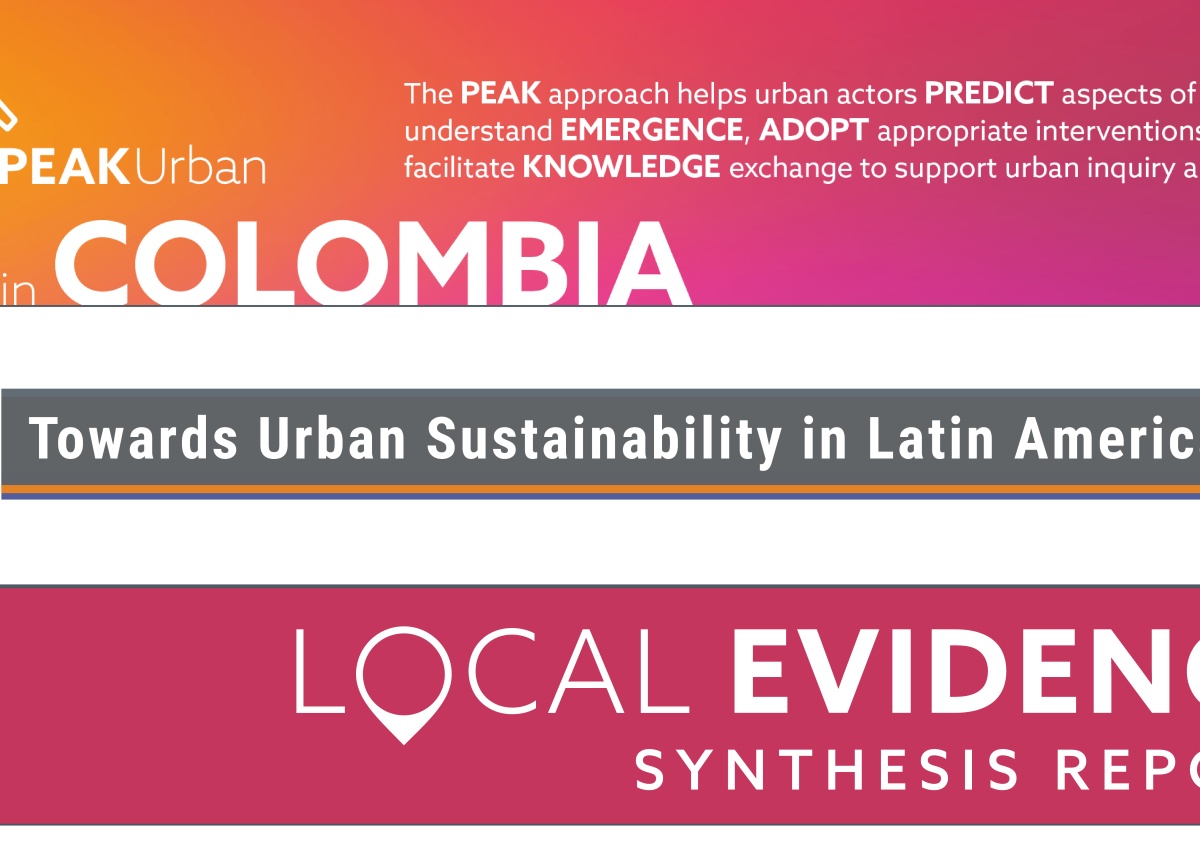
The maximal covering bicycle network design problem
Considering the lack of adequate cycling infrastructure networks in many cities, decision makers must face the challenge of designing connected bicycle facility networks to ensure safe and comfortable access to urban opportunities for cyclists and the usability of infrastructure. This paper addresses the maximal covering bicycle network design problem (MCBNDP). MCBNDP involves making investment decisions to build a cycling network that is aimed at maximizing the coverage of cyclists, while maintaining a minimum total network cost at its minimum.
The derived network is subject to a budget limit and accounts for the entire connectivity and directness as fundamental bicycle network design criteria. Cyclists who are located at a given origin are considered covered by the network if a connected path of dedicated cycling infrastructure links them to their desired destination, within a maximum travel distance.
We propose a mixed-integer linear programming (MILP) formulation, including a two-phase solution approach to solving the MCBNDP. In addition, using a commercial solver, our MILP formulation allows exact solutions to be obtained for large-scale instances with reasonable computing times for these types of problems. This MILP formulation is employed to solve a real instance that is applied to a wide territory of analysis in Medellin city (Colombia).
The findings of this paper will contribute to existing literature and support urban policymakers to better spatially allocate the resources and, consequently, maximize the impact of their investments on connected cycling infrastructure networks.
Our findings indicate that access to opportunities for cyclists can be easily favored by making small improvements to the existing infrastructure to guarantee safe, direct, and comfortable cycling infrastructure. Because we specify a maximum travel distance rather than a shortest path limitation, our problem ensures that cyclists may have several possibilities for their routes, which may go along the shortest path or any other alternative, however, without exceeding the maximum travel distance.
In this direction, our findings confirm that prioritizing coverage, while accounting for full network connectivity, will benefit more cyclists because of the flexible configuration of the new network, which also may ensure its usability.
